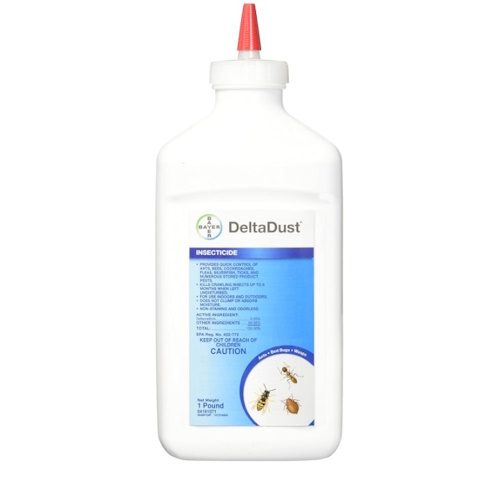How to get rid of carpenter bees – 9 expert solutions for deterring these destructive pests
Pest control professionals share why it's essential to get rid of these bees and how to do it effectively


As indicated by their name, carpenter bees can cause serious damage to wooden structures. Knowing how to look out for them and get rid of them accordingly is therefore essential for protecting your outdoor furniture and wooden garden features.
Part of the Xylocopa genus of the Apidae, or bee family, carpenter bees are common in US backyards, and while they are important pollinators of many flowering plants, they can burrow into sheds, pergolas, wooden outdoor furniture and much more.
Of course, prevention is better than cure, and we would always encourage wildlife-safe, environmentally-friendly methods where possible. If you've already tried using natural repellents for carpenter bees, but you're struggling with them then look no further than this guide. We spoke to pest control experts to discover the best options, so you can learn how to get rid of carpenter bees quickly and safely.
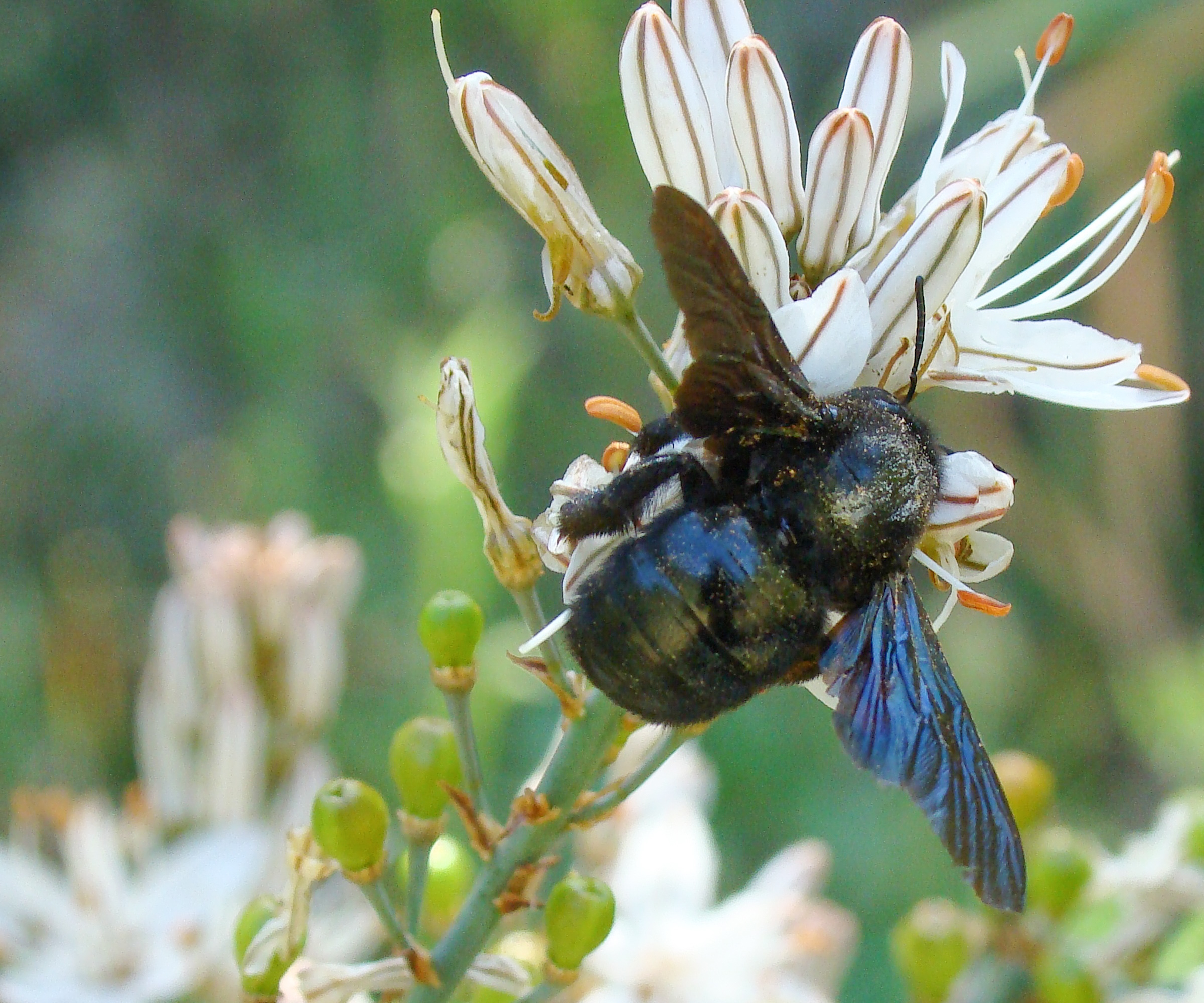
How to get rid of carpenter bees: 9 methods to try
Unlike other types of bee, such as honeybees or bumblebees, carpenter bees don’t live in colonies, preferring to excavate a tunnel to lay their eggs. Carpenter bees are also much larger and have black, shiny abdomens.
The males don’t sting, though they can fly too close for comfort if they feel you’re on their territory. Common places for them to burrow include wooden furniture, soft tree bark and decaying wood.
Here are different methods you can use to try and get rid of them to prevent damage in your yard.
1. Use a dust insecticide

When we consulted pest control professionals, many said that from their experience, they had found dust insecticides to be the best and fastest solution for getting rid of carpenter bees.
Design expertise in your inbox – from inspiring decorating ideas and beautiful celebrity homes to practical gardening advice and shopping round-ups.
For a swift solution, apply insecticidal dust, available at Walmart, to the holes the bees have created. 'The best way to get rid of carpenter bees is to use a powder pesticide dusted into the hole,' affirms Matt Smith, founder of Green Pest Management. 'The liquid ones absorb into the wood too quickly and don't have nearly the shelf life of a powder.'
Here's how to apply it:
- Put on some protective clothing (a bee suit, available at Amazon, will provide the most thorough protection against stings) and gloves
- Apply the dust using a hand duster, such as this one from Amazon, into each carpenter bee hole
- Repeat the process once every season
Matt shares another top tip: to avoid plugging up the holes. 'Many people will think that if they plug up their hole now they will be gone forever. That isn't the case – they can very easily just drill another hole. So we leave them open and allow them and any other carpenter bees to go in and get the powder pesticide on them,' he says.
If you want to plug up the holes, Matt suggests doing it in the fall after a few days from the last application. You might need to make repeat applications, starting in early spring. Once the bees have died, seal up the holes to prevent them from being used by new bees. Lengths of wooden dowelling or caulk can be used to plug the holes.
Be aware that insecticides are hazardous to children and pets so keep them in the house while you work, and put on protective clothing to prevent being stung. If you don't feel confident doing it yourself, always call in a professional to do the job for you.
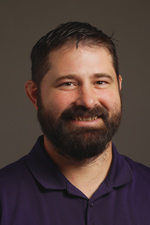
Matt Smith has been working in the pest control industry for 14 years. He started Green Pest Management, Delaware-based pest control company, nine years ago. With his background and experience he is knowledgeable about a variety of pests, pest activity, and ways of dealing with infestations.
2. Apply a natural citrus spray
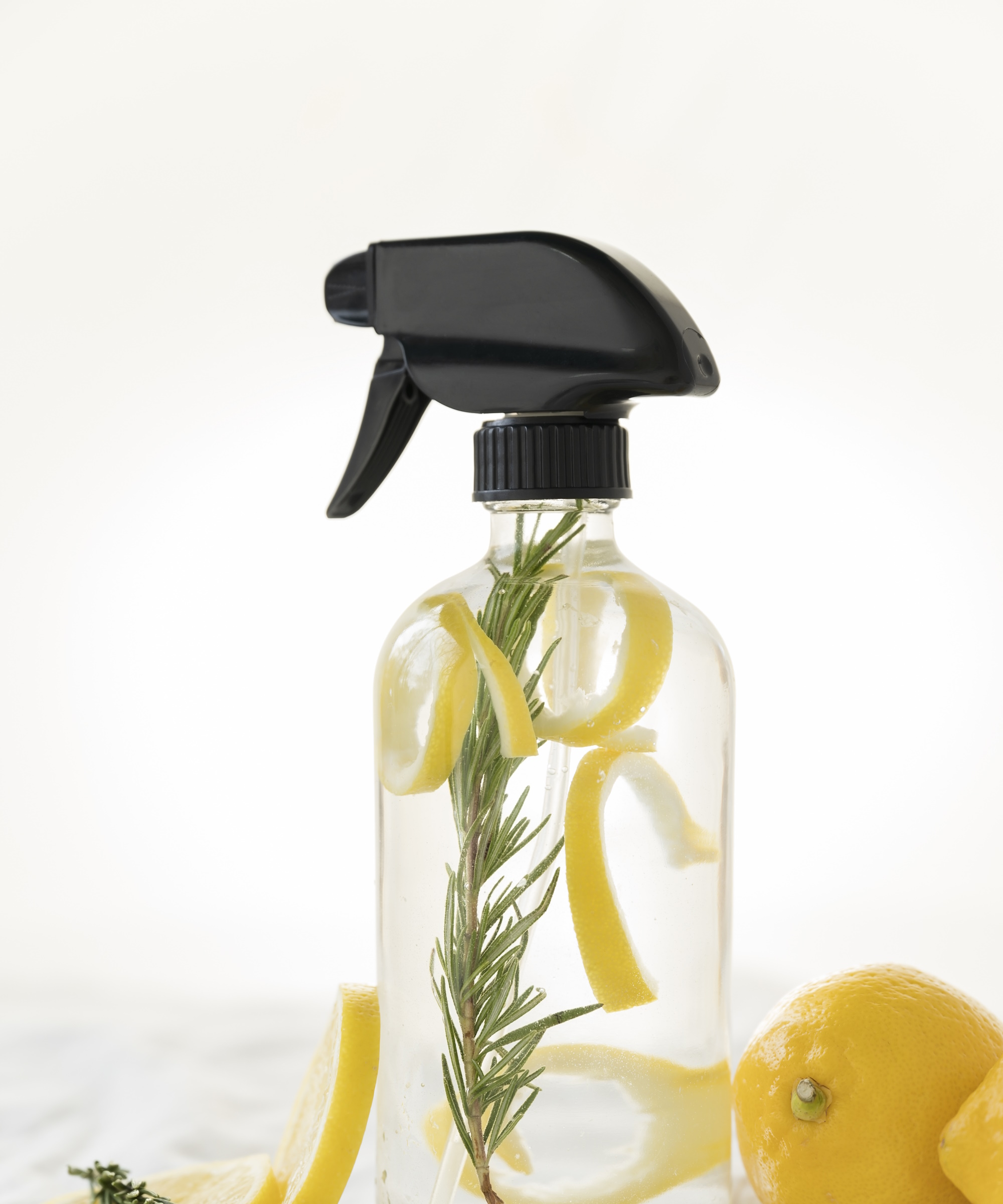
Getting rid of carpenter bees without killing them is best for a wildlife-friendly garden. Try natural methods if possible and preventative measures – unlike getting rid of wasps, where you may seek to kill them if you have a real problem, it is far better to deter carpenter bees in the first place – they are only seen as pests because of the damage they can do to buildings.
For a natural solution that deters rather than kills them, use citrus scents - a fragrance these bees can't stand.
To make your own natural spray, boil up citrus fruit rinds in water, or add some drops of citrus oil to water, and spray around the tell-tale holes. It's thought that the scent of lemon is effective at deterring ants, too.
Alternatively, try a few drops of almond oil, available at Walmart. If you’re worried about the solution marking the wood, try it out in an inconspicuous area first.
3. Use diatomaceous earth

'For existing nests, I can recommend diatomaceous earth as a more eco-friendly solution,' says Nicole Carpenter, CEO at Black Pests. 'Applying it directly into the nest holes during the evening when bees are less active can be effective. Ensure you wear protective gear and follow safety guidelines.'
For those seeking a rapid solution to carpenter bee infestations, Nicole recommends you apply treatments directly into the nest holes during the evening hours when bees are less active and more likely to be inside their nests during this period – this typically results in a quicker resolution.
'Also, be prepared to apply treatments more than once if necessary. Some carpenter bees may survive the initial treatment, so periodic follow-up treatments may be needed to ensure complete eradication,' she says.

Nicole Carpenter first began working at Black Pest Prevention when she was a junior in high school. While attending N.C. State University she continued to work for the company and has since worked through the organization to now becoming its CEO. Black Pest Prevention is a Charlotte pest control company that serves North and South Carolina.
4. Incorporate sound in your backyard

It's said that carpenter bees are affected by sound, so by turning up the volume close to the carpenter bees’ home, the vibrations might encourage them to move out.
'Carpenter bees are sensitive to noise, so playing loud music with low frequencies to keep them away temporarily deters them,' explains Rocky Beninato, pest control expert and founder at Quality Affordable Pest Control.
If you're playing music, perhaps explain to your neighbors before blasting them with noise for a couple of days. Another option is to try wind chimes, such as these at Amazon, which may be enough to deter them from settling.
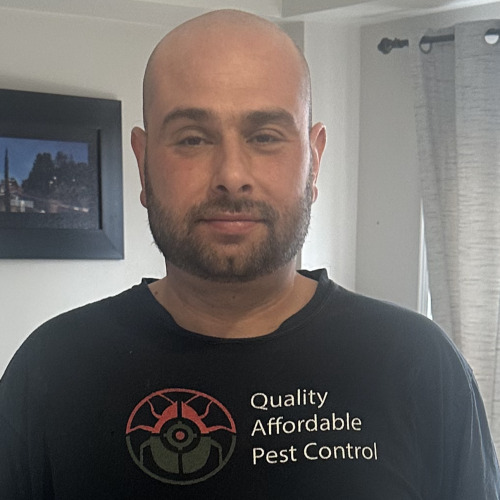
Rocky is the founder and certified exterminator at Quality Affordable Pest Control based in Toronto and the surrounding areas.
5. Varnish untreated wooden areas
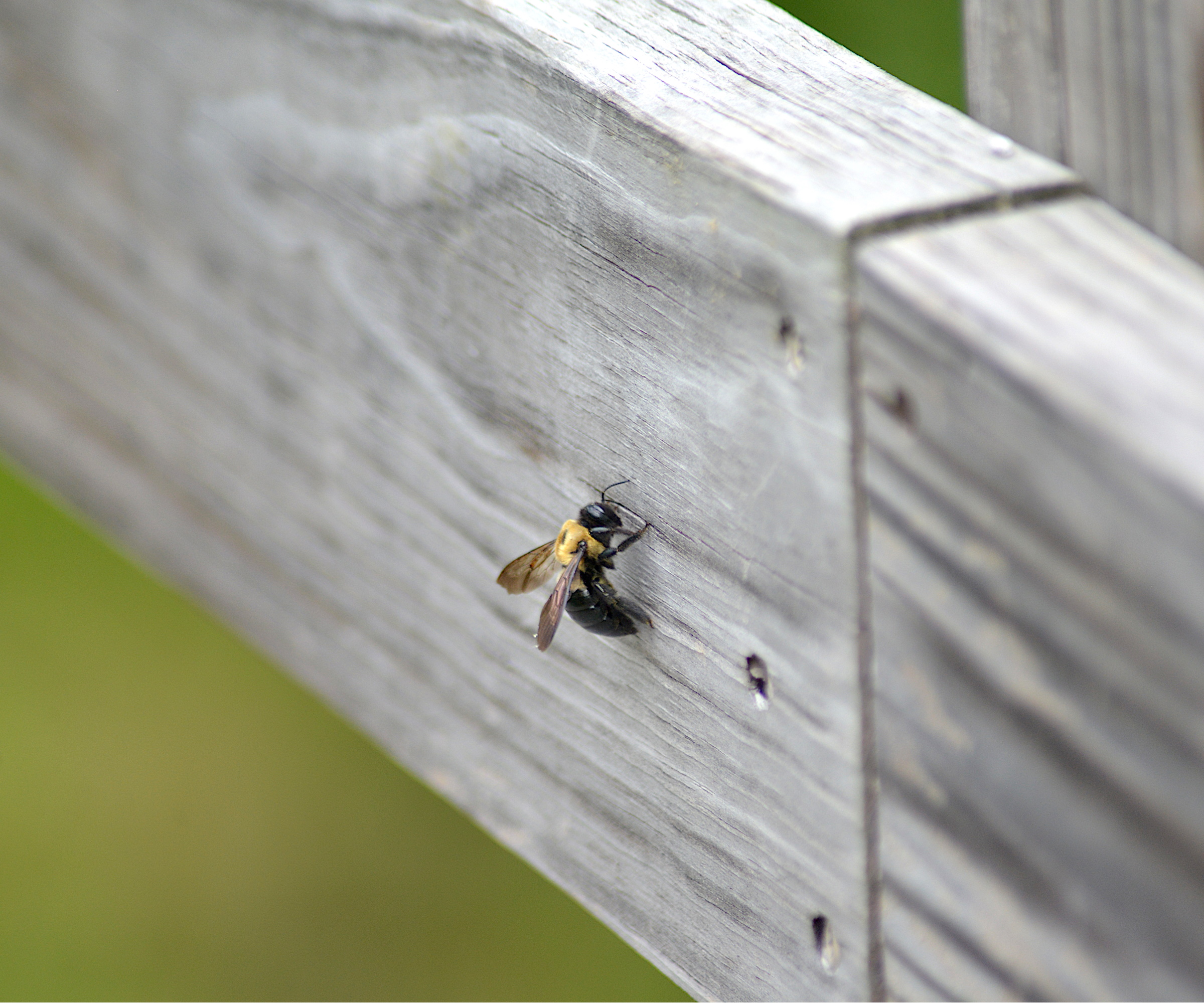
Carpenter bees tend to attack untreated and unfinished wood, especially on decks, fencing and sills.
'One of the best ways to deter carpenter bees is by treating wooden surfaces with protective finishes like paint, varnish, or stain. These coatings create a barrier that repels the bees,' explains Jim McHale, entomologist and CEO of JP McHale Pest Management.
There are different ways to stain wood, so ensure to do some research around what will work best for your furniture and wooden structures.

Jim McHale is a certified entomologist and President and CEO of JP McHale Pest Management.
6. Purchase a carpenter bee trap
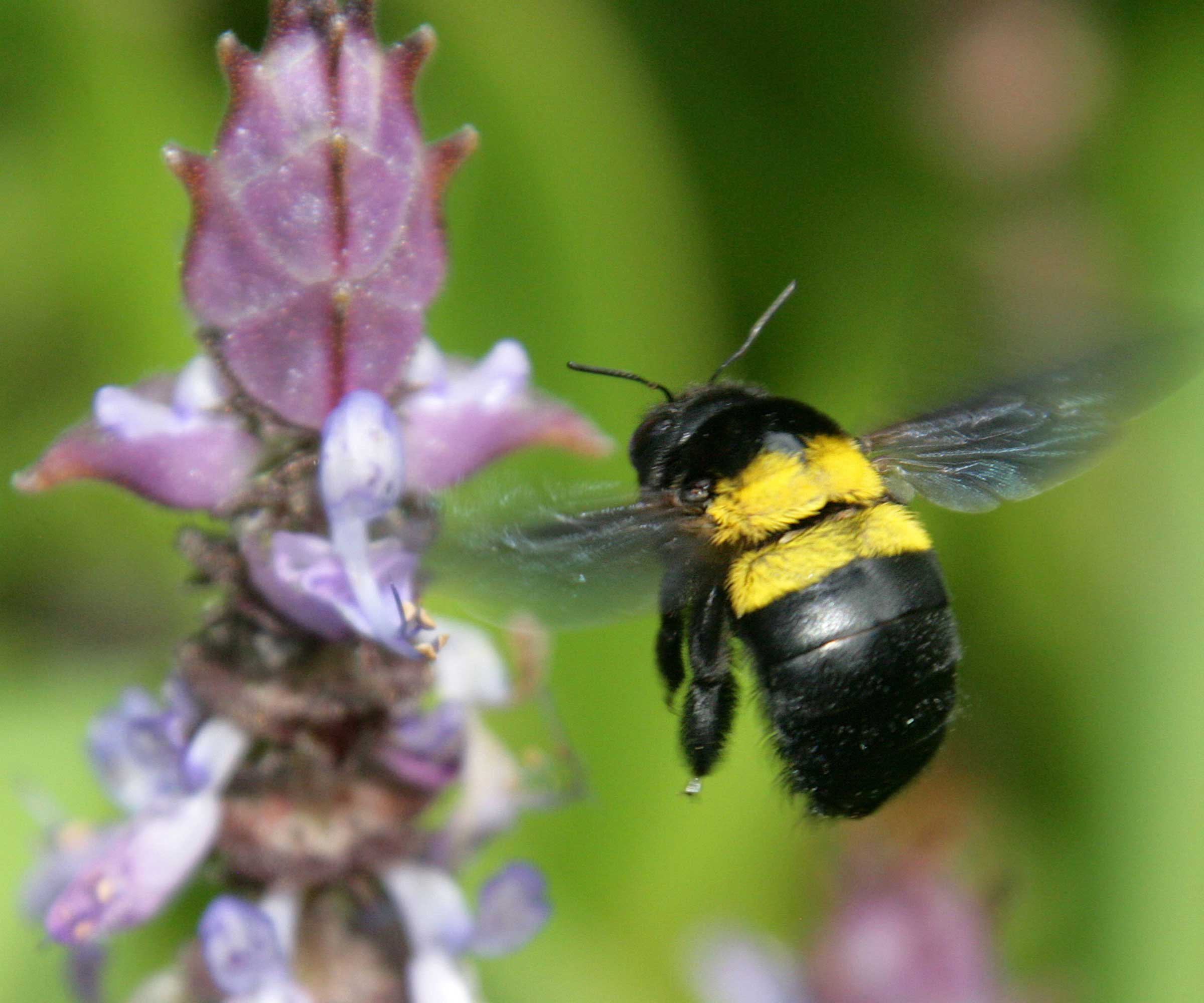
You can use a carpenter bee trap, such as these wooden carpenter bee traps, at Amazon. The bees fly in but they can’t escape. Choose one that’s designed specifically for carpenter bees and hang the trap close to the affected wood.
You can also make your own bee trap, constructing a wooden box with angled holes for the bee to enter, with a plastic jar fixed to the bottom – the bees get in and head towards the light but can’t get out.
7. Use a vinegar solution

Not only does vinegar kill weeds, you can also use it to get rid of carpenter bees. Try mixing up a strong solution of vinegar and water and spray it directly into the bees' holes.
This will kill carpenter bee larvae, so if you are looking to deter them rather than kill them, you might prefer some of the more bee-friendly options we have suggested above.
8. Spray essential oils

Just like citrus spray, there are other fragrances that keep carpenter bees away. Using essential oils, for example, can be an effective ingredient for homemade bug sprays.
'Essential oils like tea tree, citronella, or lavender can act as natural repellents. Applying these oils around affected areas can help deter bees, but frequent reapplication is necessary as the effect diminishes quickly,' explains Jana McDaniel, pest control expert and founder of First Saturday Lime.
This essential oils set from Amazon can be a good place to get started with this method.

Jana is a garden expert and founder of First Saturday Lime, an eco-friendly pest control company. She has grown up tending to gardens and animals and now advises on gardening matters.
9. Remove wooden objects
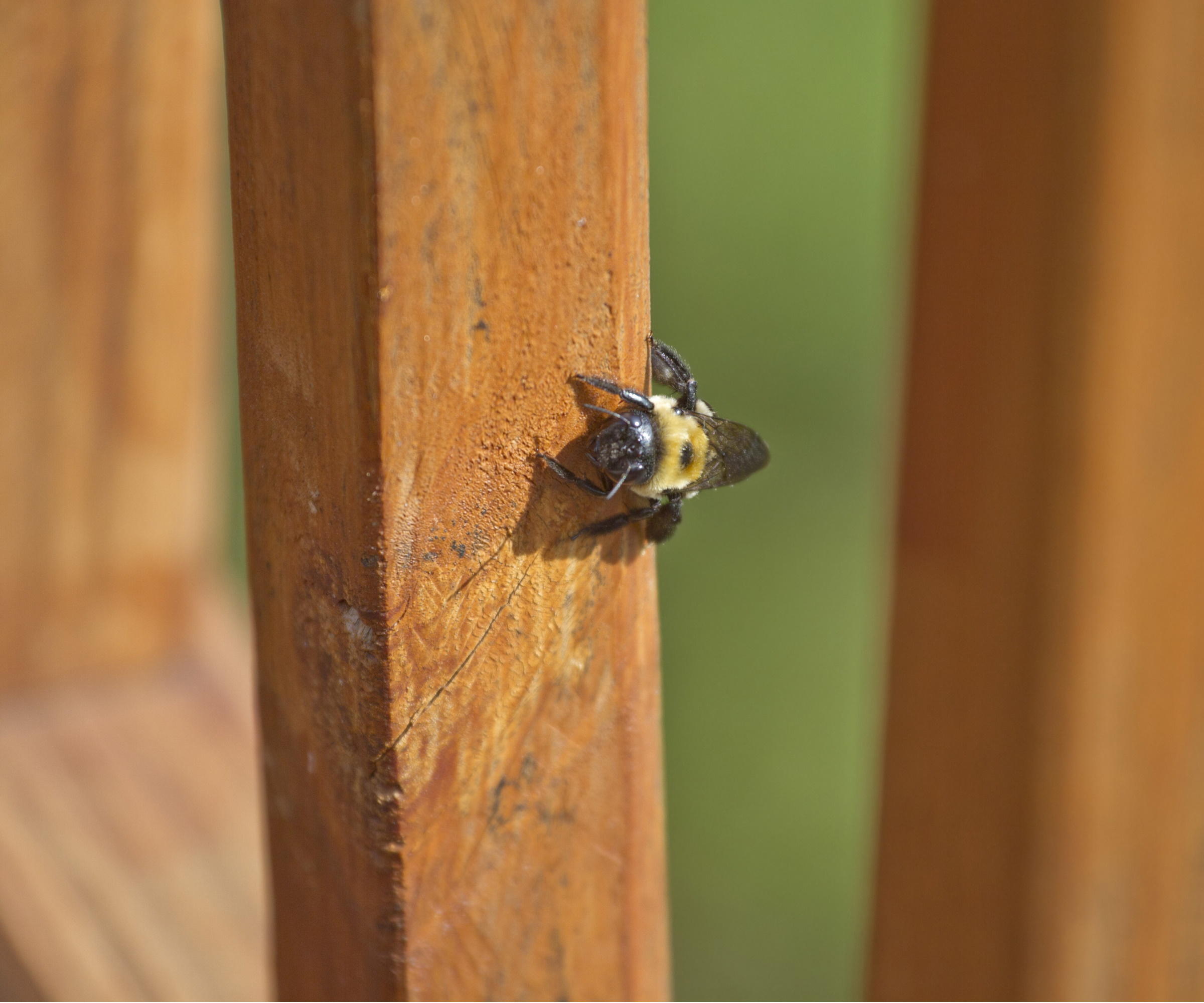
While this isn't the most convenient solution, removing any wooden structures that will attract carpenter bees is a sure way to ensure they don't cause damage in your yard.
'Carpenter bees are drawn to certain types of wood, such as cedar, redwood, and cypress. If possible, avoid using these woods in outdoor structures,' says Jim McHale. 'Additionally, clear away firewood piles, fallen trees or untreated lumber that may attract these insects,' he adds.
It can also be wise to fix any damaged wooden furniture as soon as possible, even if it's just repairing scratches on wood.
'Carpenter bees prefer to nest in wood that is already damaged or decaying. Regularly inspect and replace any compromised wood on your property,' advises Jim. 'This not only removes potential nesting sites but also helps maintain the integrity of your structures,' he adds.
FAQs
How can I spot carpenter bee damage?
To spot carpenter bee damage, take a closer look at wooden structures around the yard. Carpenter bees like to bore their way into wood – especially sheds, pergolas, posts, porches, window trim and even the eaves of the house. Once they’ve bored a smooth, round hole, about ½ in in diameter, they make a right-angled turn to construct a burrow, hidden from sight, creating cells for individual eggs.
You might spot sawdust by the holes where a bee has been boring. Older holes can also be enlarged or reused by the bees. Adult bees can overwinter in the tunnels, emerging in spring to mate. Over time, the damage can result in decay, moisture retention, and rot.
Does aluminum foil deter carpenter bees?
Aluminum foil will prevent carpenter bees from going into a hole, but you have to remember that if they drilled that hole they can drill another one.
Where do carpenter bees go at night?
Carpenter bees have diurnal behavior, which means they are active during daylight hours, typically seeking shelter in their nest holes within wood surfaces during the nighttime.
Of course, carpenter bees are still important pollinators and bring many benefits to the plants you're growing in your yard. With precautions in place to prevent carpenter bees causing damage, try doing one the things on our guide to attracting beneficial bees to your garden.

Lucy Searle has written about interiors, property and gardens since 1990, working her way around the interiors departments of women's magazines before switching to interiors-only titles in the mid-nineties. She was Associate Editor on Ideal Home, and Launch Editor of 4Homes magazine, before moving into digital in 2007, launching Channel 4's flagship website, Channel4.com/4homes. In 2018, Lucy took on the role of Global Editor in Chief for Realhomes.com, taking the site from a small magazine add-on to a global success. She was asked to repeat that success at Homes & Gardens, where she has also taken on the editorship of the magazine.
- Tenielle JordisonGardens Content Editor
- Holly CrossleyContributing Editor
- Rachel BullHead of Gardens

